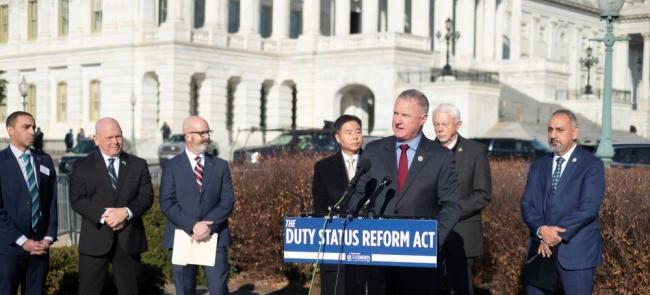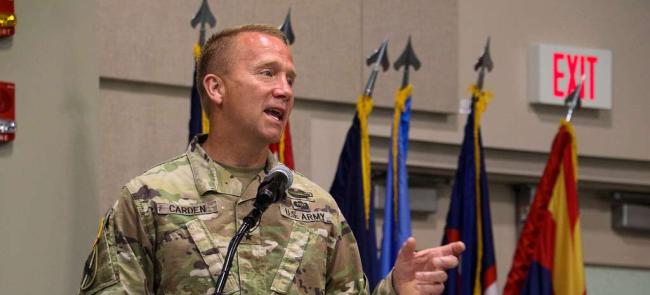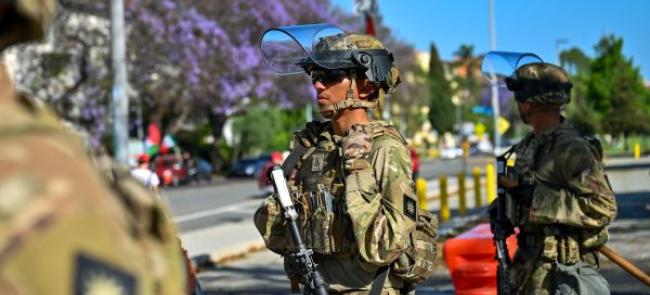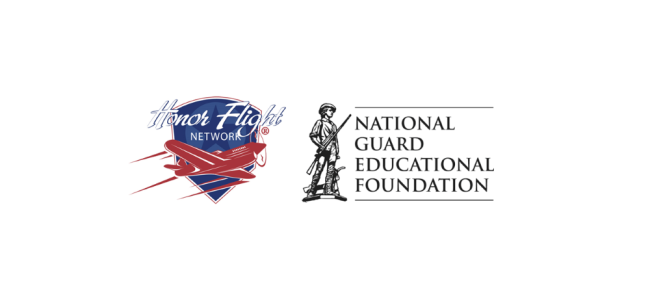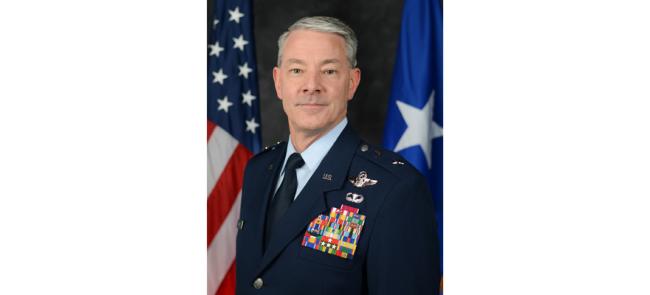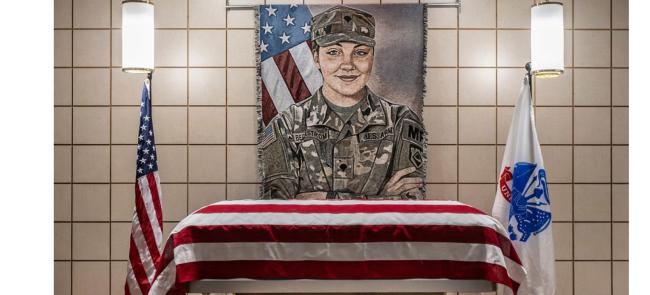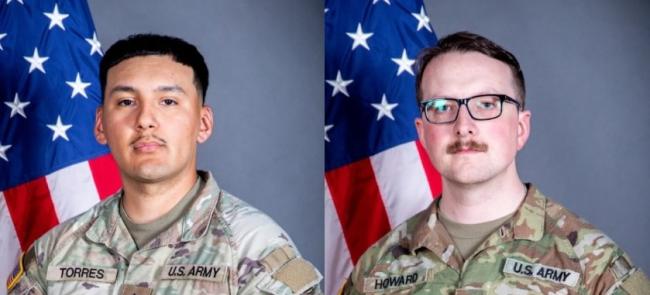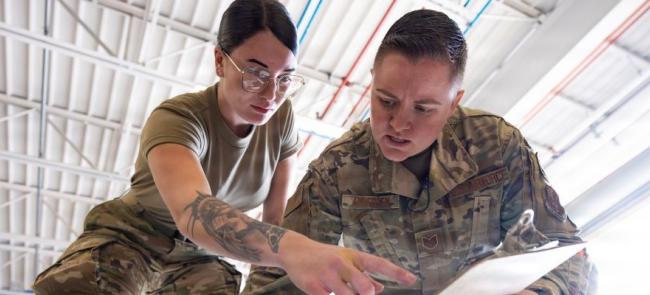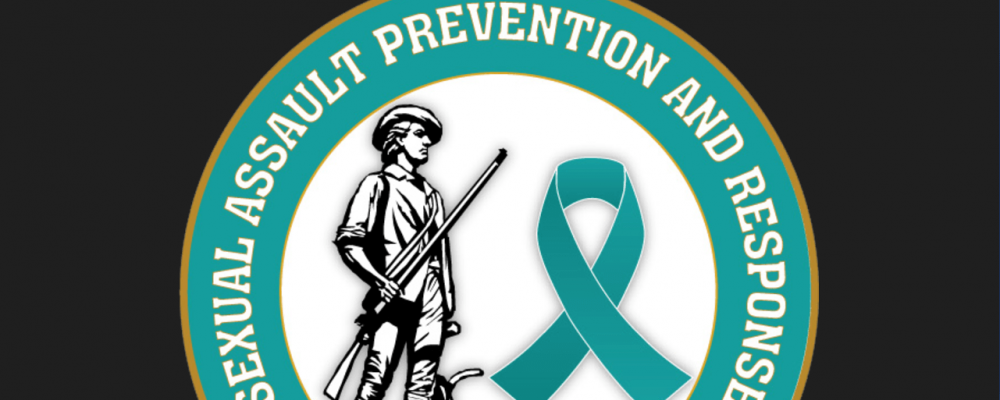
The National Guard Bureau is implementing changes to better fight sexual assault and harassment in the ranks with new prevention initiatives across the Guard.
First among the measures is an integrated approach that will add resources.
Second is an improved workforce intended to help eliminate sexual assault and harassment in the Guard, operating across every state, territory and the District of Columbia.
The changes are based on recommendations from a secretary of defense-mandated independent review commission.
“The National Guard has shifted from a secondary prevention effort to an integrated primary prevention effort,” said Maj. Gen. Eric K. Little, the NGB’s director of manpower and personnel.
“I think that’s probably the biggest key in what we’re doing differently now, is making that shift to prevention focus," he continued.
“This strategy is going to attack sexual assaults and harassments, and harmful acts at the point of influence," Little added.
Little said a civilian program director and separate experts on preventing domestic abuse, violence, sexual assault and sexual harassment will be assigned to each Joint Forces Headquarters throughout the Guard.
NGB is also adding uniformed prevention specialists at the brigade and wing levels to implement prevention policies.
While prevention will be the primary effort, the Guard's sexual assault and harassment response is also evolving.
Little said victim advocates and sexual assault response coordinators will be removed from each unit’s chain of command to eliminate pressure or fear of retaliation from leadership.
“That brigade or wing commander will not rate their SARC or VA,” he said. “That chain of command will go from the unit to the Joint Force Headquarters up to the first one-star general officer in the chain of command."
The transition to an emphasis on prevention will integrate a previously siloed approach, Little said.
“There has been no integrated focus on prevention,” he said. “Chaplains did their thing, family programs did their thing and SARCs, VAs and Equal Employment Opportunity program managers did their thing."
“In the National Guard, it’s challenging because leaders only see their troops a few times a month," he noted. "We’re not centrally located."
Another challenge of handling sexual assault and harassment in the Guard is working within the parameters of state and local laws.
Guardsmen, unless deployed or mobilized, are in a non-duty status about 90% of the time.
When not federally mobilized, the Uniform Code of Military Justice doesn't apply to Guardsmen.
If state jurisdictions don't take legal action in a sexual assault or harassment case, the Guard can only make administrative actions.
State laws identify sexual assault differently, so Little said the Guard's prevention initiatives include adding legal advisers to help navigate local laws.
The Guard follows Defense Department, Army and Air Force guidance.
Little said Gen. Daniel R. Hokanson, the NGB chief, has the flexibility to develop policy and guidance addressing the National Guard’s Joint Force as the Guard is a non-federalized force.
— By Sgt. 1st Class Zach Sheely, NGB Public Affairs

